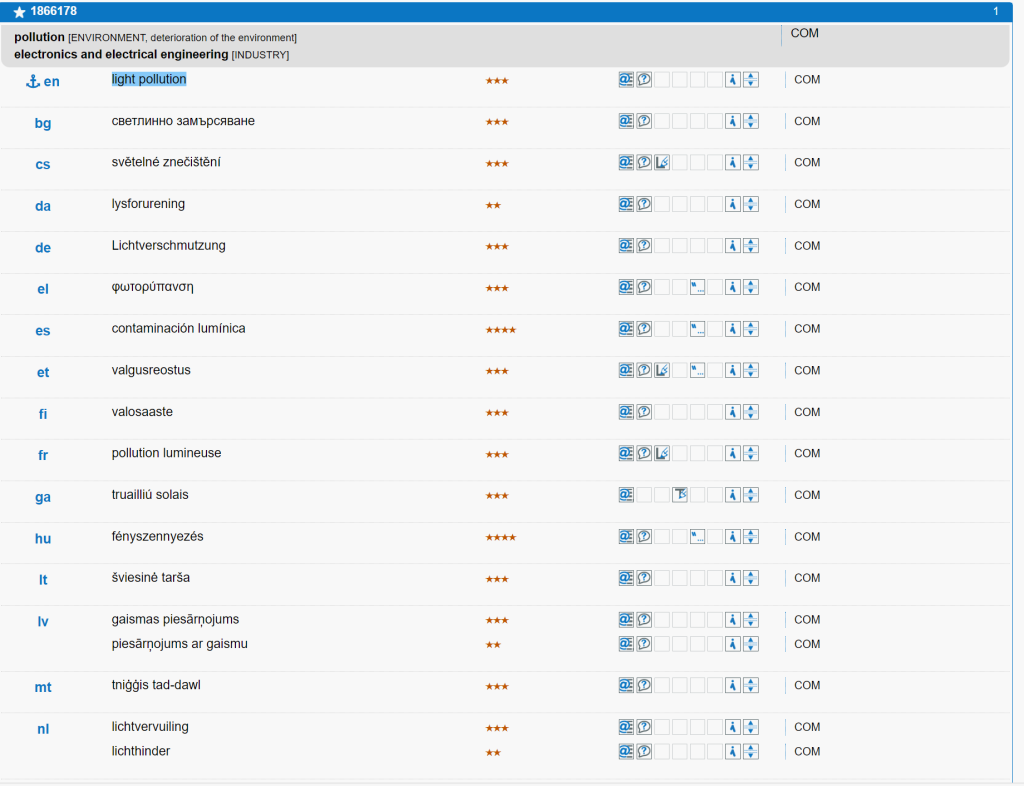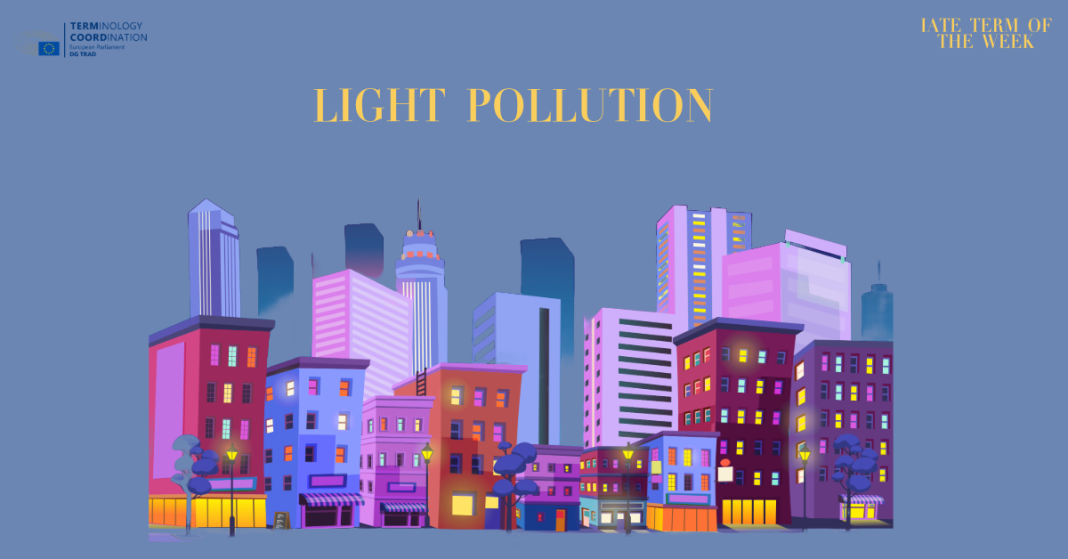Light pollution manifests in various forms, including sky glow, where artificial light brightens the night sky, obscuring stars and celestial objects; glare, caused by excessive brightness that impairs vision; and light trespass, where unwanted artificial light spills into areas where it is not needed.

Light pollution, a consequence of excessive or inappropriate outdoor artificial lighting, has become a global phenomenon. The World Atlas of Night Sky Brightness, published in 2016, vividly illustrates the extent of Earth’s illumination. Vast regions in North America, Europe, the Middle East, and Asia are bathed in artificial light, while remote areas like Siberia, the Sahara, and the Amazon remain shrouded in darkness. This glow, known as sky glow, emanates from sources such as cars, streetlamps, offices, factories, outdoor advertising, and buildings, turning night into day for urban populations.
Sky glow not only obscures the beauty of the night sky but also poses challenges for astronomers, limiting their ability to observe celestial objects. Surprisingly, over 80% of the world’s population, including 99% of Americans and Europeans, live under the pervasive influence of sky glow.
Artificial light disrupts natural body rhythms in both humans and animals, interfering with the circadian rhythm and sleep patterns. Nocturnal light exposure inhibits the production of the hormone melatonin, leading to sleep deprivation, fatigue, and a host of health problems. Recent studies even suggest a link between reduced melatonin levels and cancer.
Wildlife is not immune to the consequences of light pollution. Sea turtles and birds, guided by moonlight during migration, become disoriented and often perish due to artificial lights. Insects, crucial for the food chain, are drawn to lights and face instant mortality upon contact. Birds, influenced by urban lighting, alter their wake-sleep habits, impacting migration and breeding patterns.
The issue of light pollution is complex and multifaceted, and the European Union recognizes its significance in the broader context of environmental protection, cultural heritage preservation, and energy efficiency. The International Dark Sky Association (IDA) has collaborated with the Czech Republic Ministry for the Environment to develop a comprehensive plan to address light pollution across the EU.
The Brno appeal, supported by the IDA and adopted during the 2022 International workshop on Light Pollution, outlines key recommendations for EU-wide action:
- Recognize Artificial Light at night (ALAN) as an environmental pollutant impacting biodiversity, human health, climate change, and cultural heritage.
- Utilize existing European law and legislation to mitigate light pollution.
- Promote the development of best practices to mitigate light pollution.
- The appeal, scheduled to be presented at the EU Environmental Council meeting in December 2022, emphasized the urgency of recognizing light pollution as a threat to achieving the EU’s ambitious goals in climate targets, biodiversity, and pollution reduction.
As the glow of artificial lights continues to encroach upon the natural darkness of the night sky, the EU stands at the forefront of legislative efforts to curb light pollution. The Brno appeal provides a roadmap for countries interested in leveraging existing environmental laws and regulations to mitigate this environmental challenge. By recognizing the impact of artificial light at night on diverse ecosystems and human well-being, the EU demonstrates its commitment to preserving the natural wonders that unfold under the cover of darkness.
Bibliography
DarkSky. Pursuing Europe-wide action on light pollution. Retrieved from DarkSky – News – Pursuing Europe-wide action on light pollution: https://darksky.org/news/pursuing-europe-wide-action-on-light-pollution/#:~:text=Europe%20is%20the%20most%20light,brief%20and%20recommended%20actions%20document.
National Geographic. (2023). Light Pollution. Retrieved from National Geographic – Education – Light Pollution: https://education.nationalgeographic.org/resource/light-pollution/
Written by Marina Scelta
Born in Palermo (Italy), passionate about learning languages since a very young age, she studied Interpreting and Translation for English and French in her hometown, then moved to London for a Master’s Degree in the same domain (University of Westminster), eager to earn some first-hand experience in an international environment. In 2020, she decided to move back to Italy, where she applied for her second Master’s Degree in Foreign Languages for International Communication (Università degli Studi di Torino). In 2021, she had the opportunity to move to Strasbourg as an Erasmus student for almost one year, at the end of which she made of that city her new home. Currently in the process of writing her master’s thesis, in her free time Marina enjoys travelling, singing, walking in the nature, solving crosswords puzzles, and mostly looking around for vegan food.

